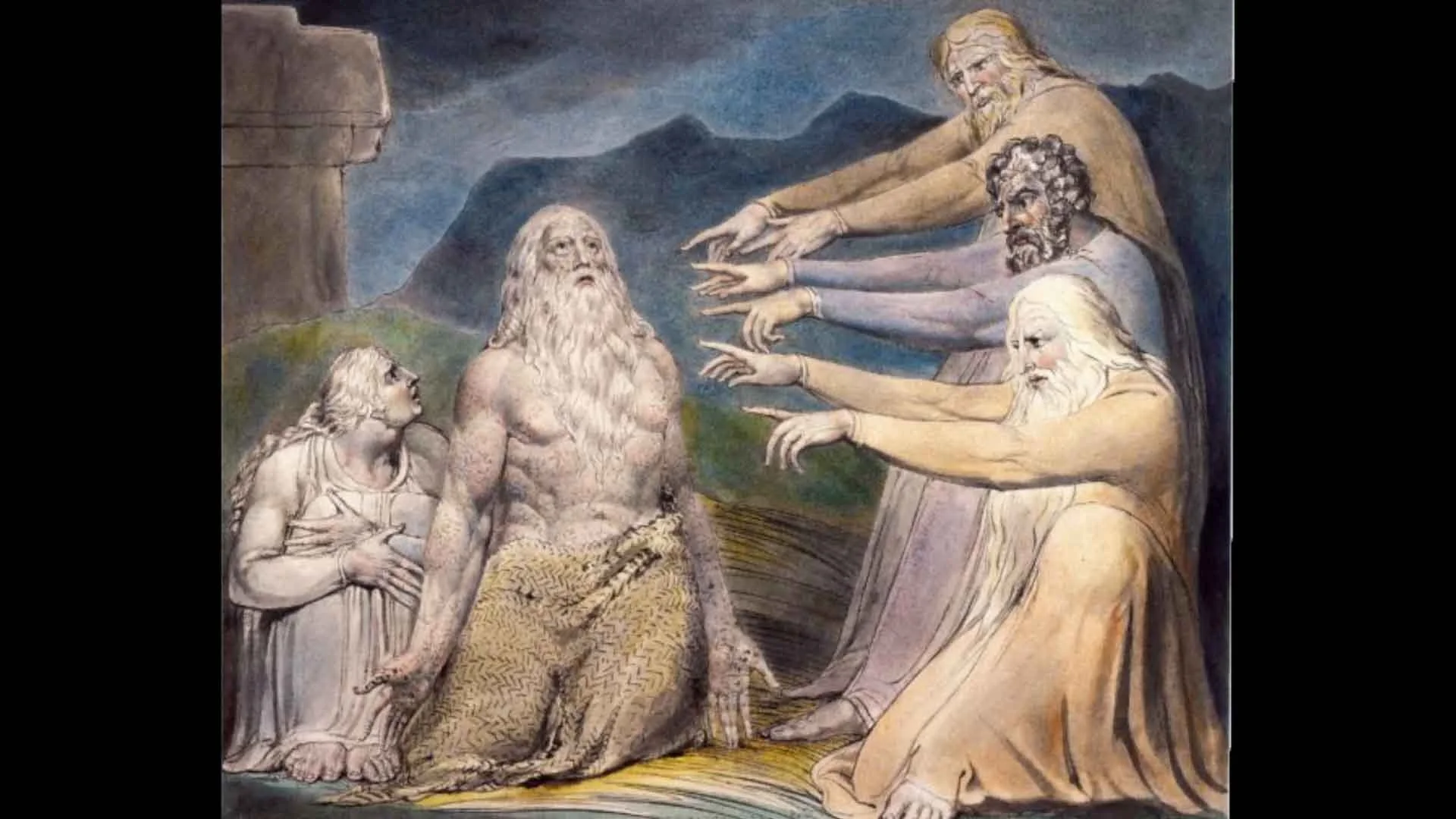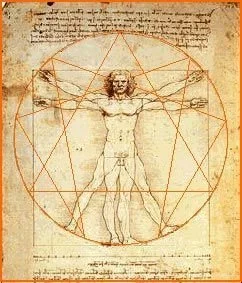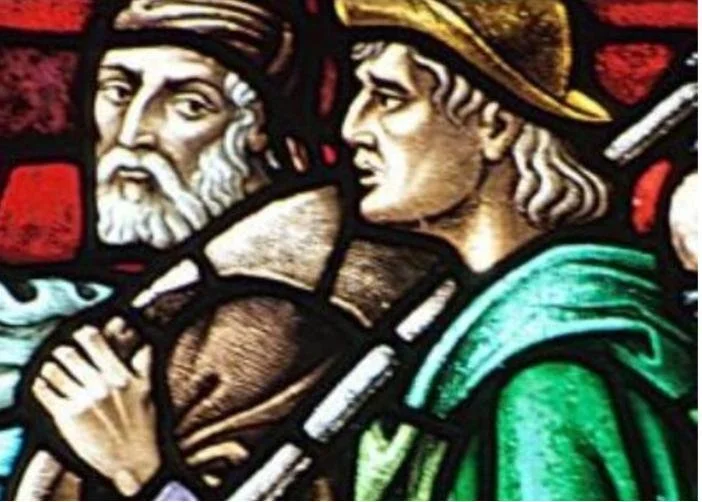From Grammar to Theography
This essay traces the hermeneutical evolution of the Hebrew particle et (אֵת) from its Talmudic origins as a tool of grammatical amplification to its mystical transformation in the Zohar as a cipher for the Shekhinah, culminating in contemporary phenomenological readings that understand et as divine inscription itself—the wounded writing of God's self-limitation. Through analysis of the exegetical traditions of Nahum Ish Gam Zu, Rabbi Akiva, and the Zoharic corpus, alongside Elliot Wolfson's phenomenology of divine embodiment, this essay argues that et represents not merely inclusion or presence, but the traumatic mechanics of tsimtsum: the contraction, wounding, and self-differentiation through which the infinite inscribes itself into finite form.




















